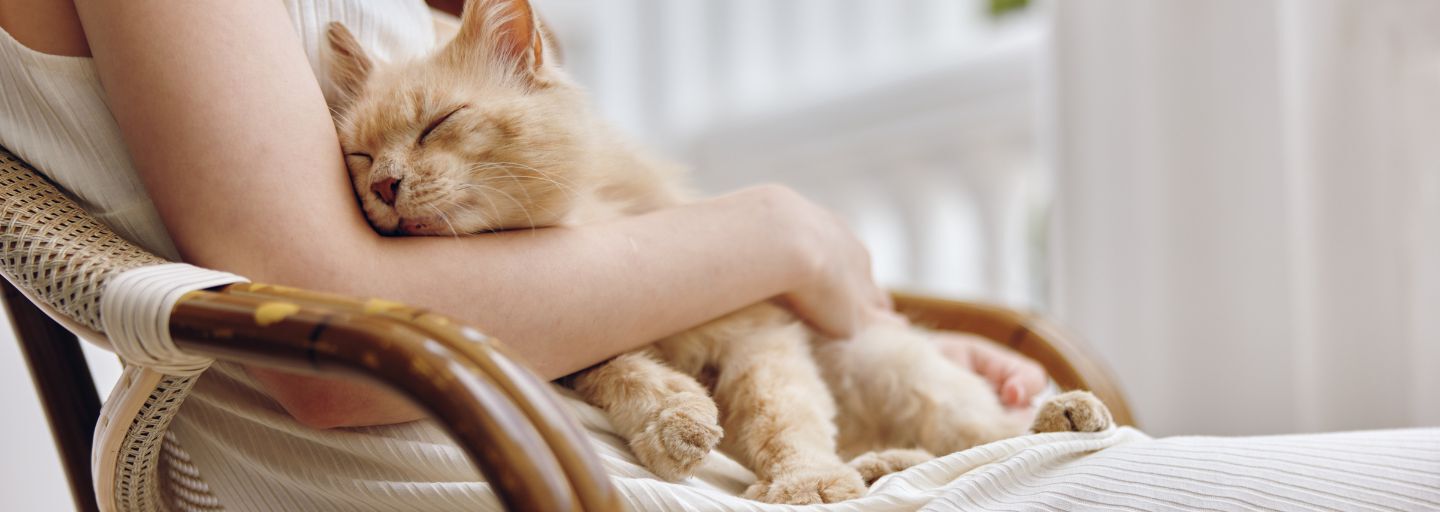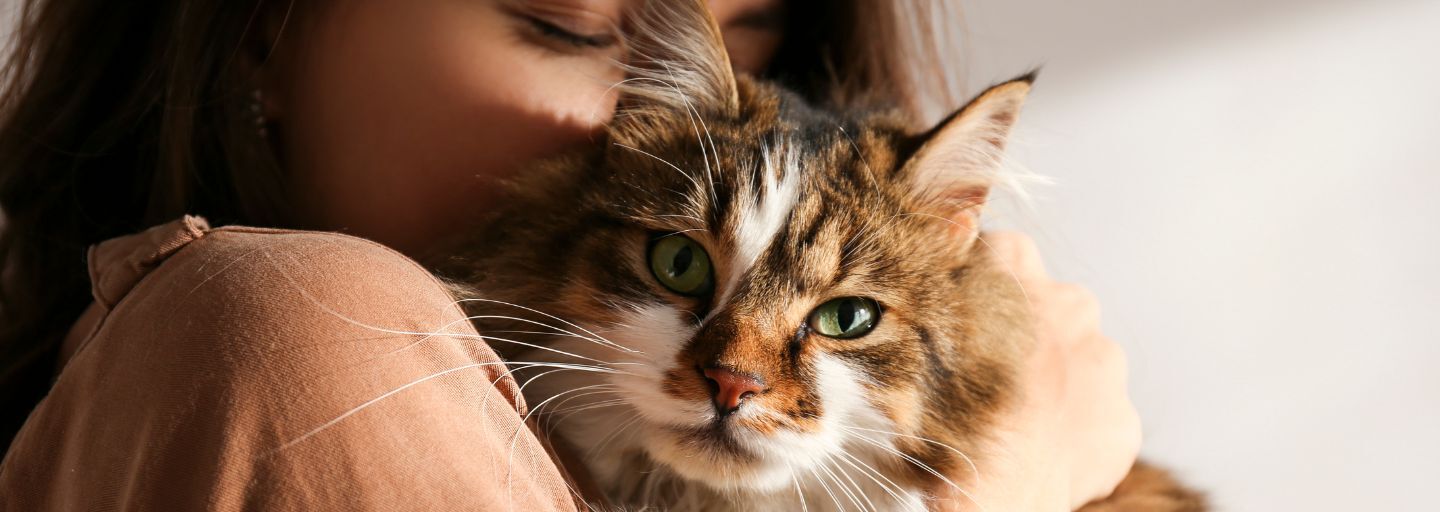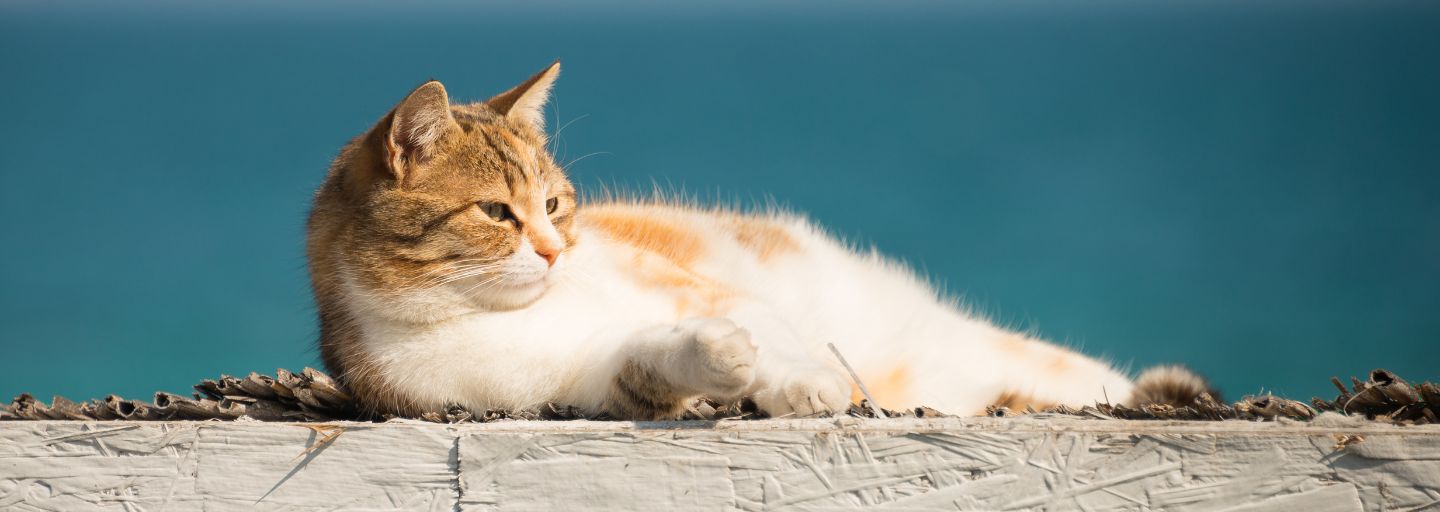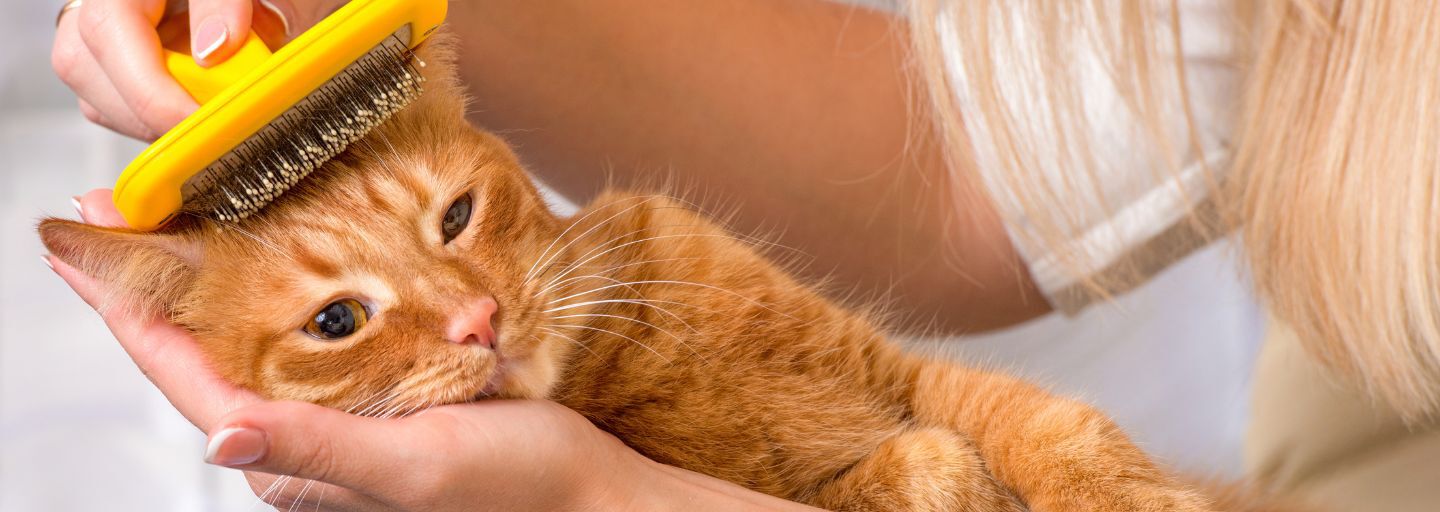Any animal recovering from an operation requires lots of tender loving care (T.L.C.). Your cat is no exception, and it's important to ensure that she recuperates in a safe and comfortable environment.
One of the key aspects of post-operative care for cats is providing them with a suitable resting place. Following an anesthetic, cats may take up to 48 hours before returning to their normal selves. During this time, they will likely spend most of their time sleeping. It is crucial to provide your cat with a warm and draught-free bed where she can rest undisturbed.
Feeding is another important consideration. Cats, like humans, can experience nausea after waking up from an anesthetic. Therefore, it is recommended to offer your cat a small evening meal consisting of light, easily digestible food, such as cooked chicken or fish. Alternatively, you can provide her with only a quarter of the regular amount of food.
In terms of exercise, it is essential to restrict your cat's physical activities until all stitches have been removed. This means keeping her indoors and preventing her from engaging in activities that require intense physical exertion, such as running up and down stairs or jumping on furniture.
Regular monitoring of your cat's stitches is vital for detecting any potential issues. Check the stitches daily and inform your veterinarian immediately if you notice swelling, persistent discharge, or bleeding. Stitches are typically removed around 10 days after the operation, although the exact timing may vary depending on the type of procedure and the location of the stitches. In some cases, stitches may be hidden under the skin and dissolve naturally.
If your cat has bandages, it is crucial to keep them dry to prevent further complications. When your cat needs to go outside, you can tape a plastic bag or a drip bag from the vet over the bandage to protect it from moisture. However, it's important not to leave the bag on for an extended period, as moisture can accumulate and cause damage. Remove the bag as soon as your cat returns indoors. Additionally, keep an eye out for any unpleasant odors, discoloration, swelling above or below the bandage, limping, or signs of pain.
To prevent cats from licking, biting, or scratching their wounds, plastic collars in the shape of a funnel, often referred to as Elizabethan or Buster collars, can be used. It is important to keep the collar on at all times, particularly during the night and when the cat is left alone. However, make sure the collar does not obstruct your cat's eating or drinking, as you may need to remove it during mealtimes.
By providing the necessary care and attention to your cat during her post-operative recovery, you can contribute to her well-being and ensure a smooth healing process. Remember to follow your veterinarian's instructions and seek their advice if you have any concerns or questions about your cat's recovery.







